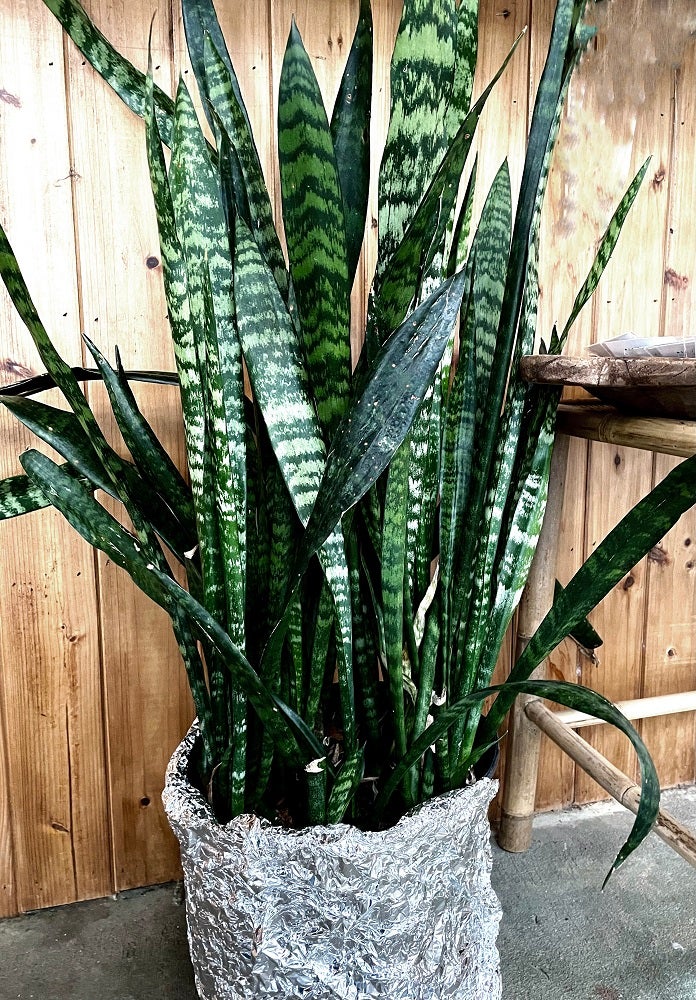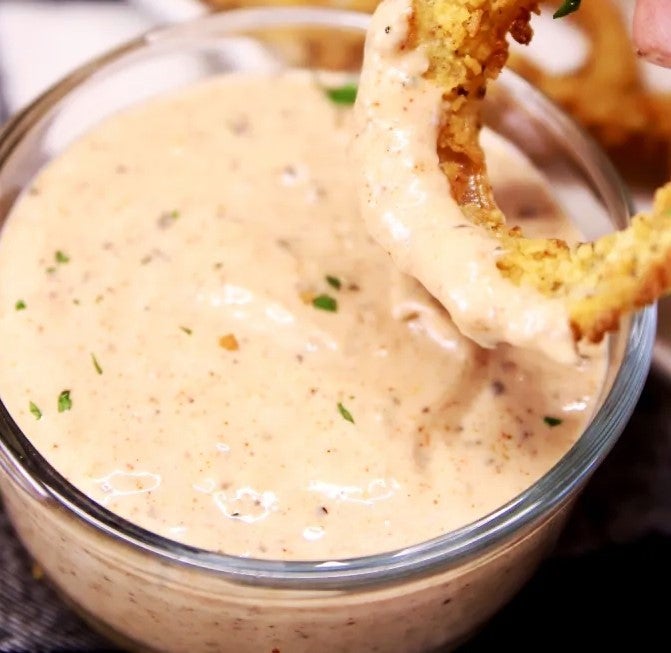Fire ant control in Mississippi
Published 7:00 am Wednesday, November 16, 2016
Imported fire ants are not native to the United States. They first entered the country around 1918 near Mobile, Ala., and made their way into southern Mississippi by the 1930s.
They have since spread to every corner of every county in the state and through most of the southeastern United States
Their distinctive dome-shaped mounds are unsightly and interfere with mowing and other activities, but it’s their stings that cause the most problems. Fire ants don’t intentionally go looking for people to attack, but disturb their mound and they will defend it aggressively. Even one sting hurts, and fire ant stings usually come in bunches.
Fire ant control is a never-ending battle across Mississippi, but with a good strategic plan and persistence, you can keep them to a minimum in your lawn. Now that somewhat cooler weather has arrived, fire ants have been busy elevating their mounds in preparation for winter. New mounds can appear overnight as a large colony of 100,000 ants or more carrying five times their own weight can excavate a 6 inch by 6 inch by 6 inch mass of dirt while making only 5 trips each.
Considered one of the strongest animals in the world, ants have been digging through the earth for eons. It is estimated that ants worldwide dig up more than 16 billion tons of dirt annually. That is enough to fill 3 billion dump trucks.
There are several methods of applying products that control fire ants such as mound drenches, dry mound treatments, or broadcast sprays or granules.
Probably one of the most effective for homeowners in terms of cost and effort is granular baits applied three times a year (spring, mid-summer, and fall).
Baits can be applied to individual mounds, but when broadcast across the entire lawn, you also eliminate small undetected colonies that quickly replace the larger ones you individually treated.
Baits can provide 80 to 90 percent control when applied two to three times a year and a fall application will eliminate many colonies before winter. If you have large colonies that need immediate reduction, then individual mound treatments with a contact insecticide can be used in combination with baits, but wait at least a few days after applying the bait to allow the workers to bring the bait into the mound.
There are many trade name baits available containing at least one of the following active ingredients: hydromethylon, fenoxycarb, spinosad, pyriproxyfen, methoprene, or abamectin.
Since baits generally use some type of oils for attracting ants, it is important to use fresh baits and store them in cool dry areas so they don’t become rancid.
By Dr. Eddie Smith




